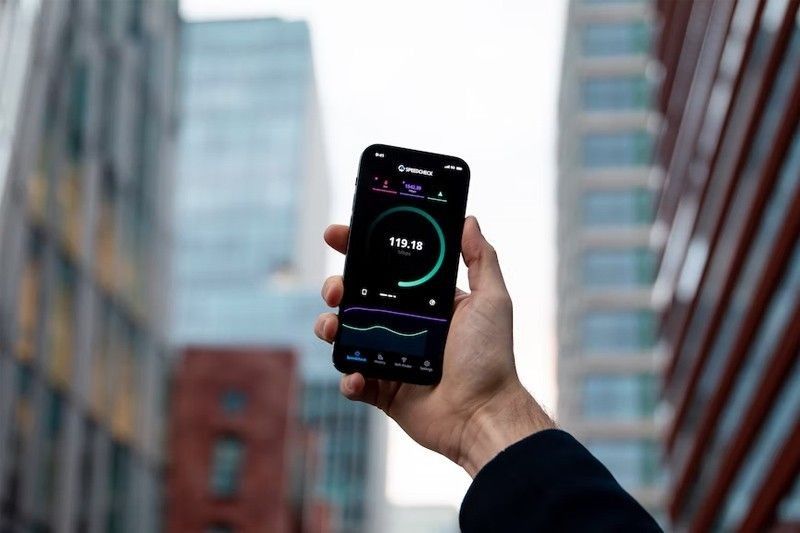Ookla: Philippines internet lagging in ASEAN

MANILA, Philippines — The Philippines may be making strides in building up its internet infrastructure but the country remains a laggard in Southeast Asia, with connectivity most available only in metropolitan regions, a regional study showed.
Ookla scored the Philippines for failing to keep up with its regional peers in broadband quality, with its download speed averaging 94.42 Mbps as of the second quarter.
In comparison, Singapore registered an average internet speed of 284.93 Mbps, followed by Thailand’s 231.01 Mbps, Vietnam’s 135 Mbps and Malaysia’s 132.72 Mbps.
Further, Ookla said the Philippines suffers from an uneven distribution of internet infrastructure. The regions with the fastest connectivity are located in Luzon, with Southern Tagalog leading the pack, turning in 99.55 Mbps for the 16 million people living in it.
Eastern Visayas, one of the poorest regions in the archipelago, posted the slowest speed of 38.43 Mbps, exemplifying the need for more investments in areas outside of Luzon. Ookla said Luzon corners most of the connectivity projects because of its economic role and population volume.
Ookla also said mobile internet remains the leading mode of access among Filipinos, with just a third of families subscribed to a fixed line, lower than the regional average of 41 percent.
Further, it requires as much as 11 percent of the gross national income (GNI) per capita to keep a fixed broadband in the Philippines, twice as much as the Southeast Asian average.
“The annual charge for fixed broadband accounts for 11 percent of the per capita GNI, twice as much as the ASEAN average, making it unaffordable for some of the lower income population,” Ookla said.
Meanwhile, broadband quality in the Philippines rose by half under the Marcos administration as a result of public and private collaboration. In the second quarter of 2022, Ookla said the country had a median speed of 62.51 Mbps, far from the current average of 94.42 Mbps.
This is expected to further improve with the first leg of the National Broadband Plan underway. The project seeks to build up the government’s connectivity backbone and expand internet access in Ilocos Region, Central Luzon and Metro Manila.
Apart from this, Ookla said satellite-based subscriptions, particularly with Starlink, are going up in the Philippines, tracing growth in areas lacking terrestrial infrastructure like fiber cables.
Between the second quarters of 2023 and 2024, the country saw a three-fold jump in Starlink tests among Filipinos, and Ookla projects that satellite-based usage will keep on growing.
- Latest
- Trending






























